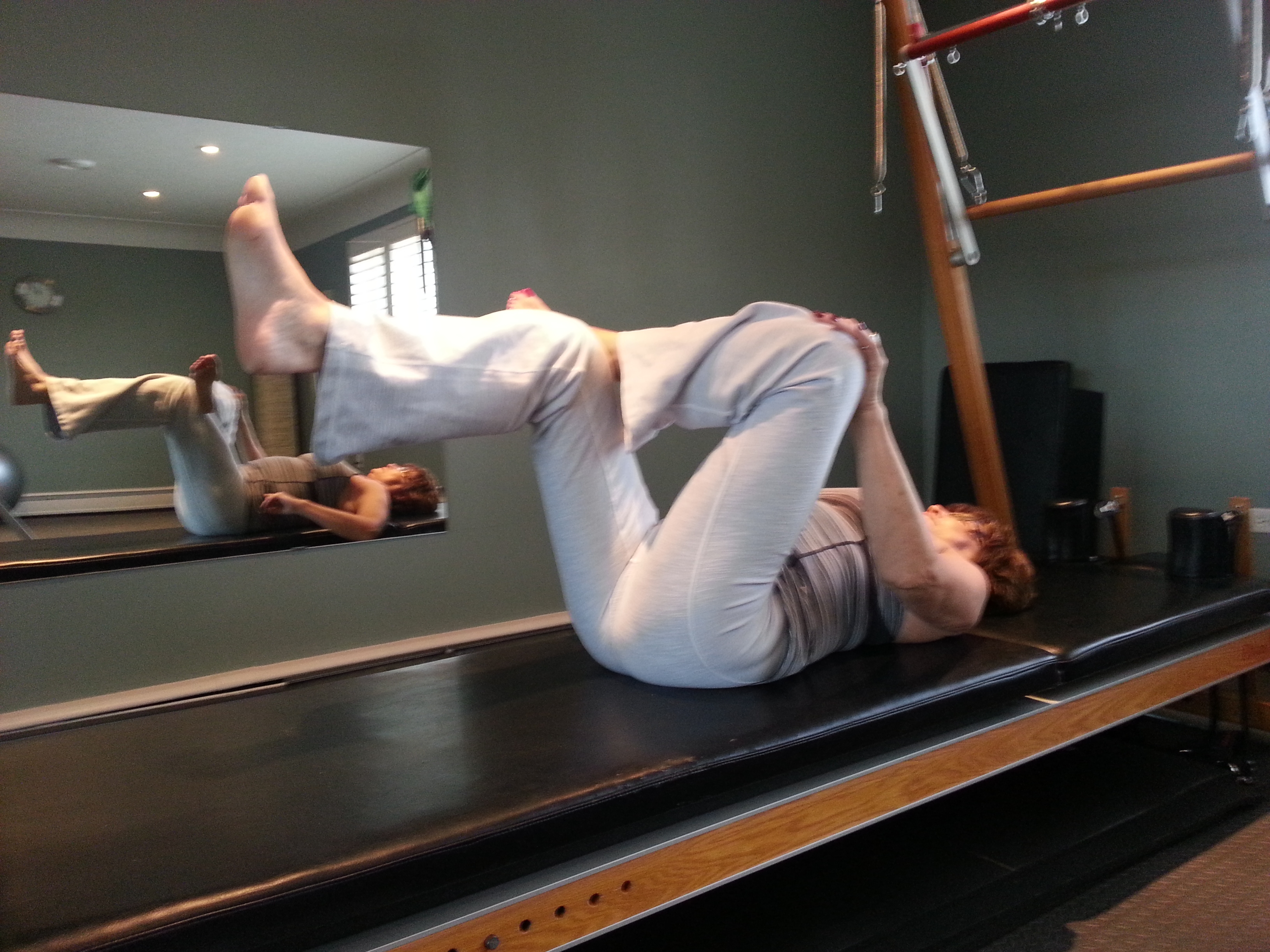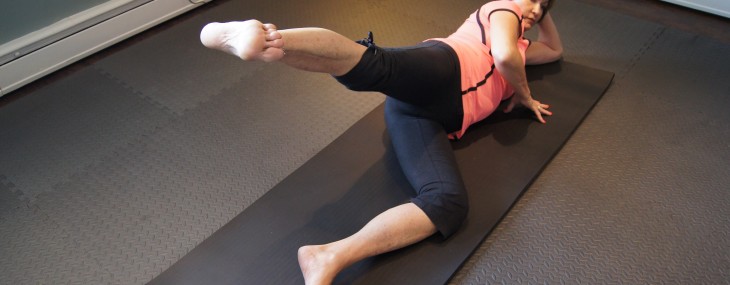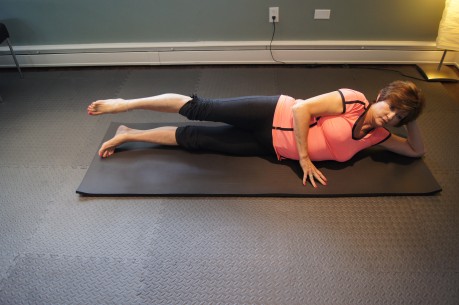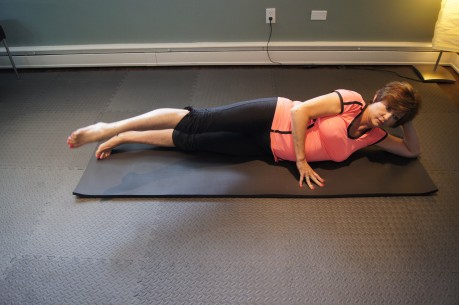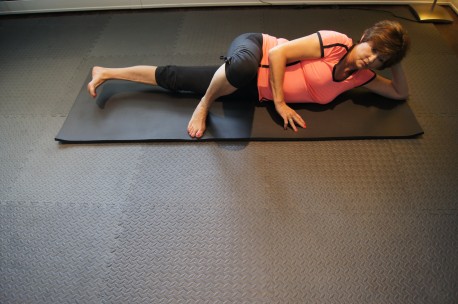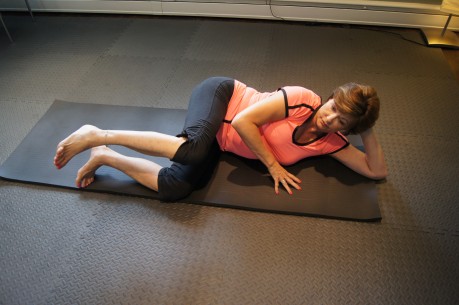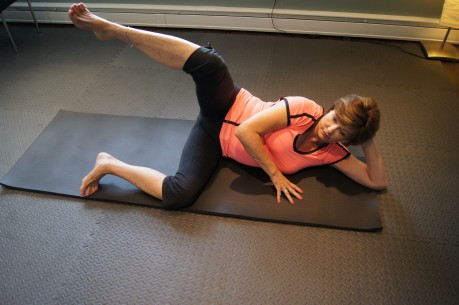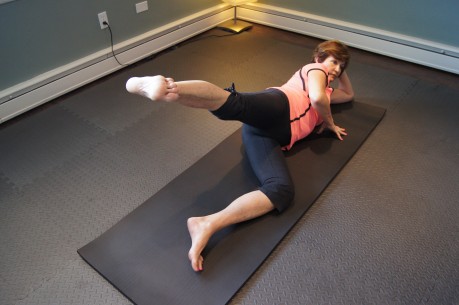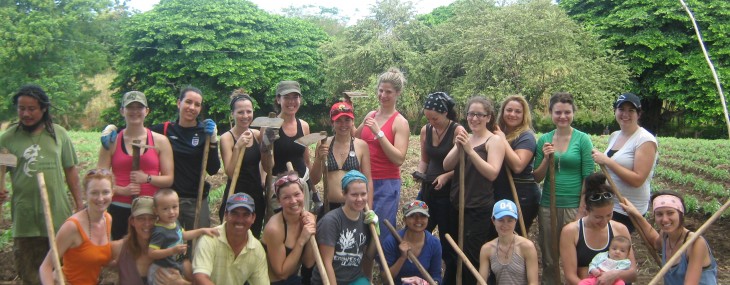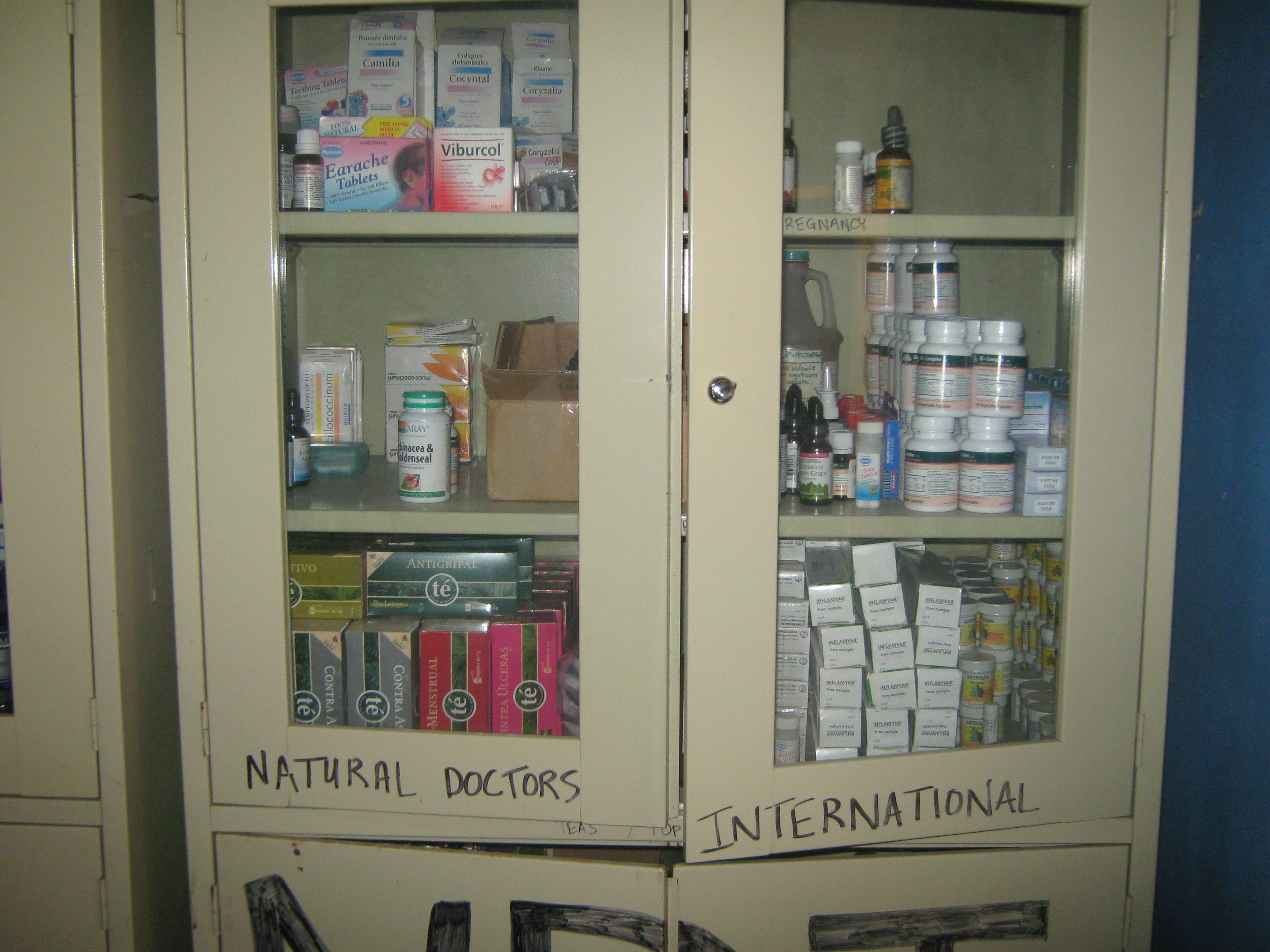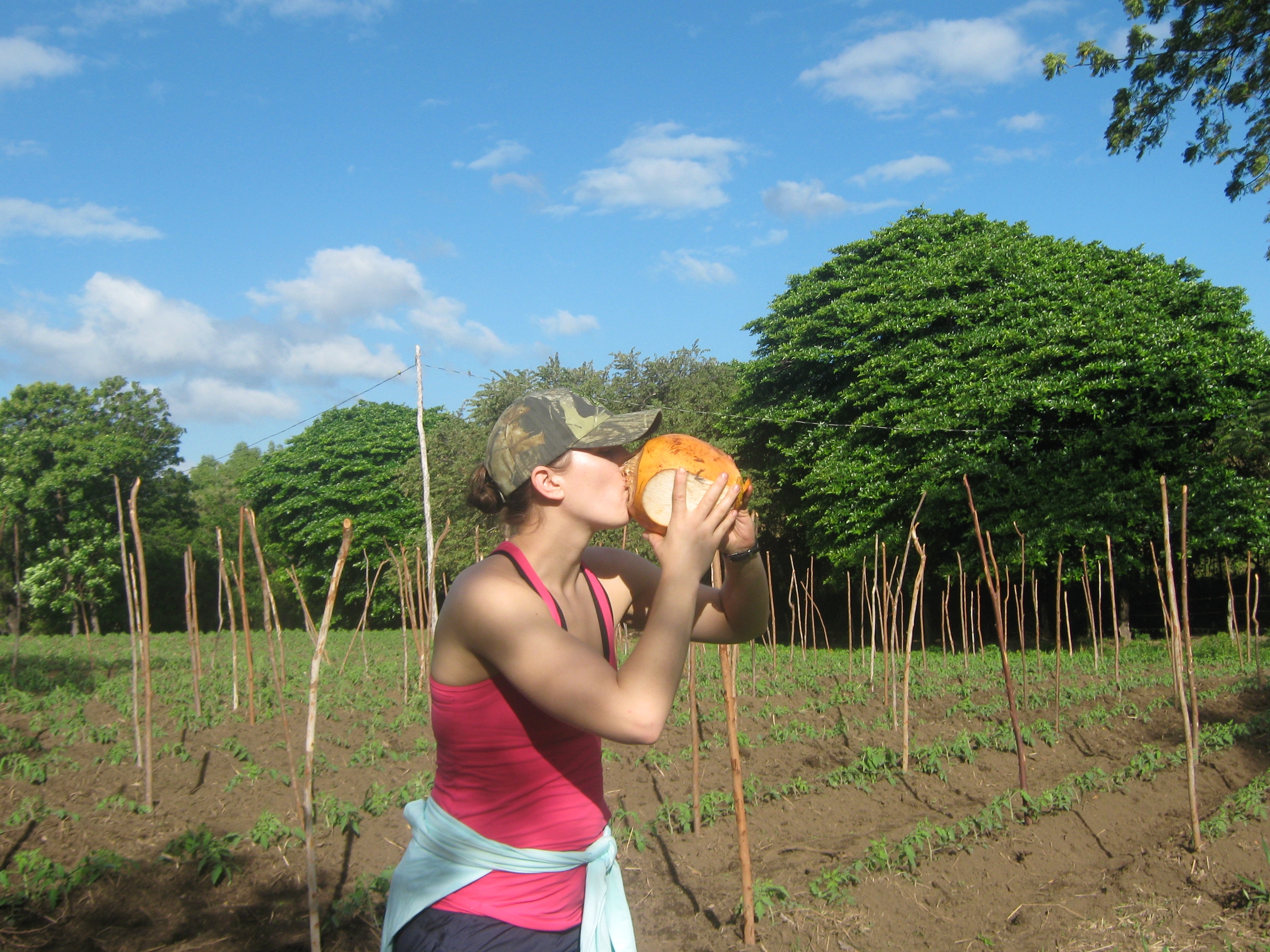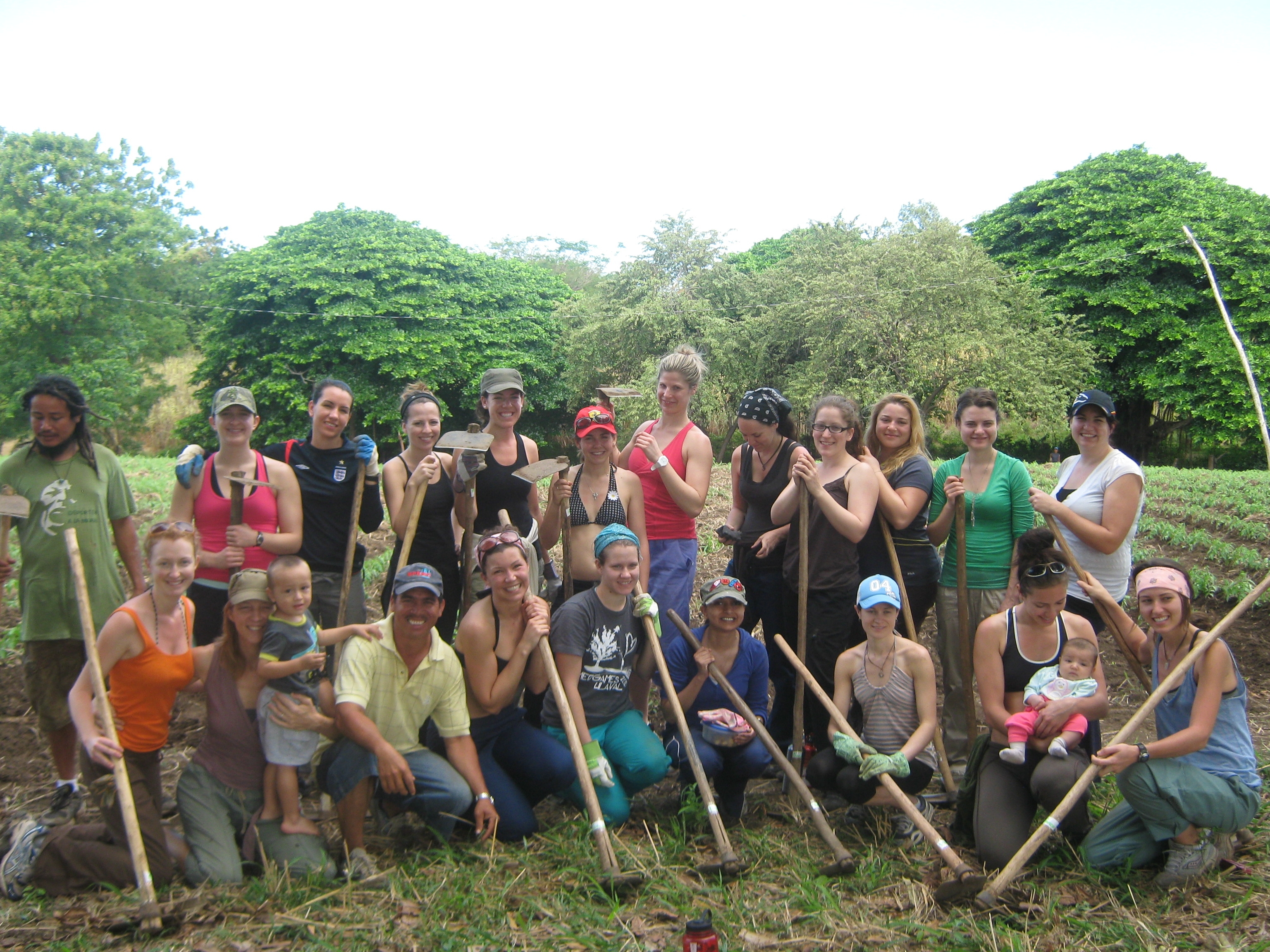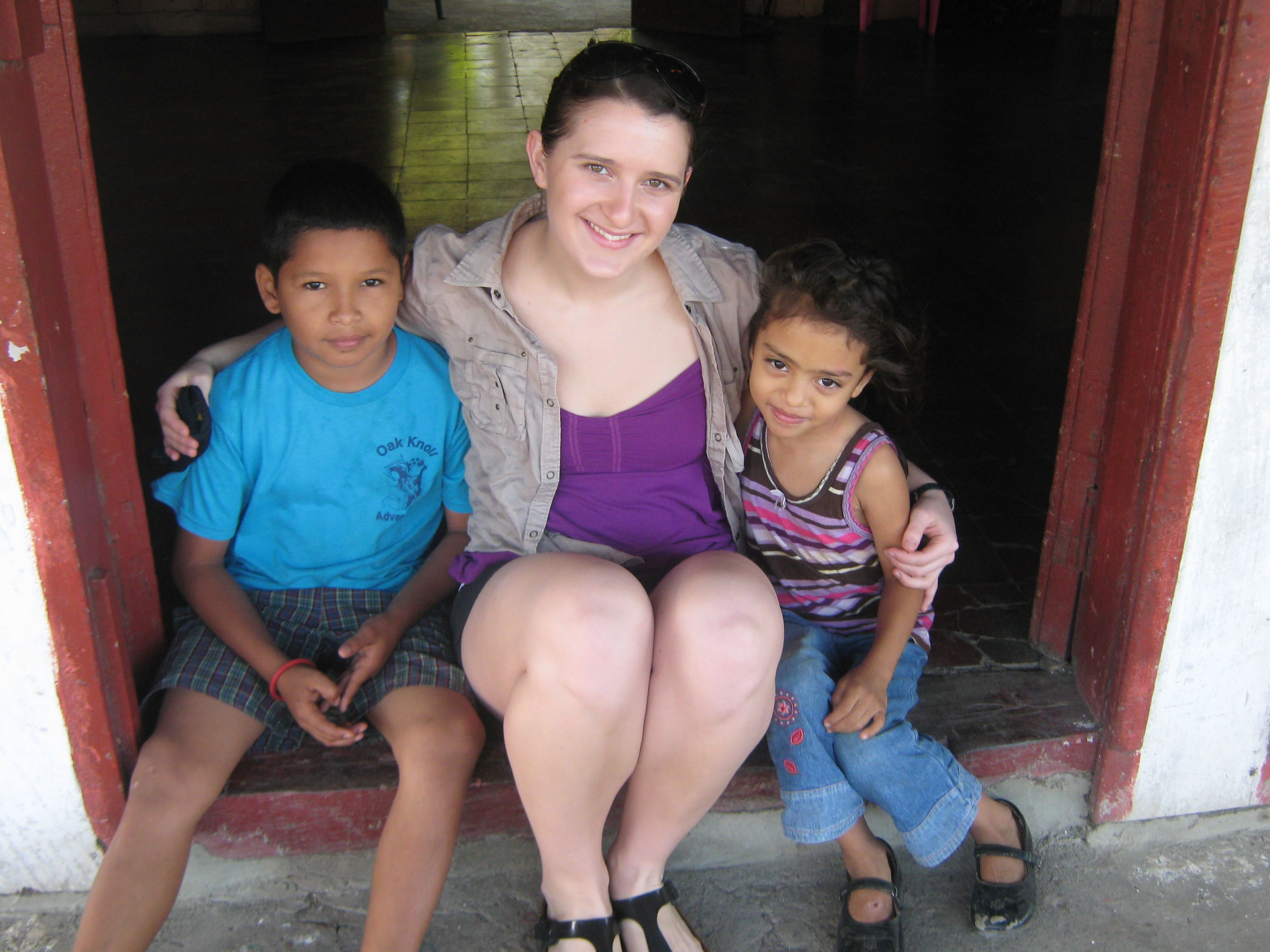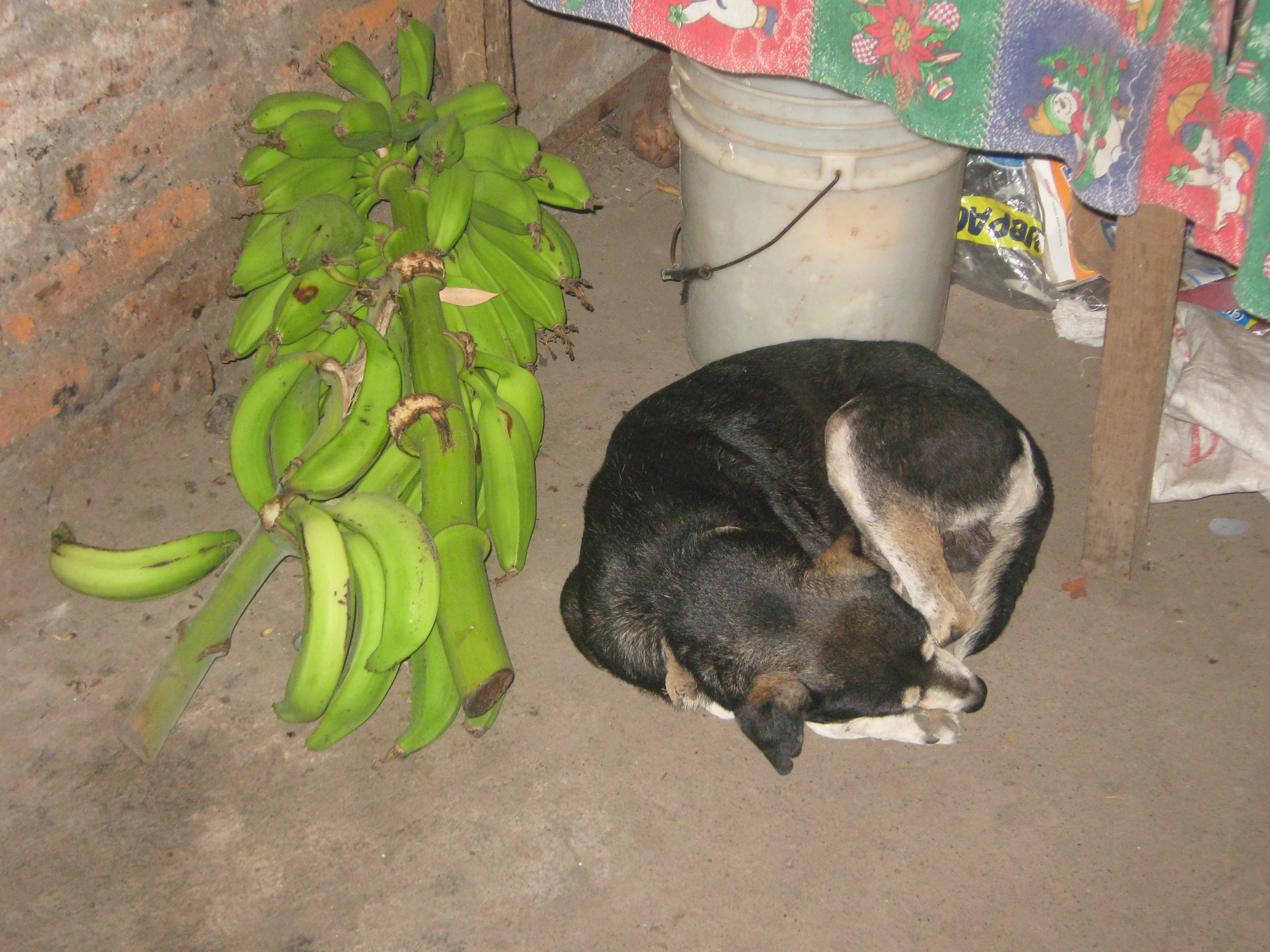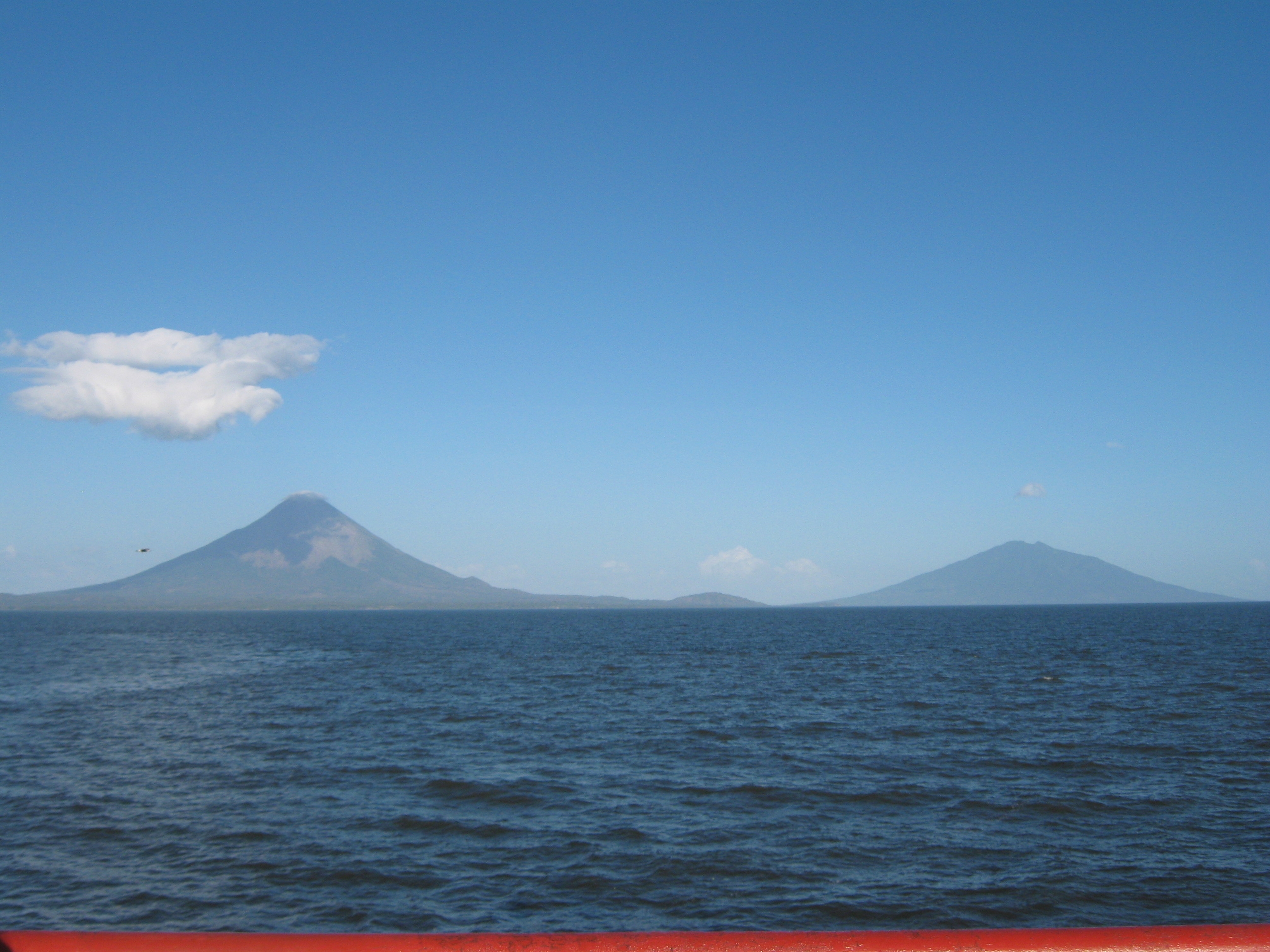Detoxification is a hot topic at this time of year. Fall and spring during the change of season are wonderful times to reflect on our habits and routines, and make goals to change bad ones and aspire to healthier ones. Although our organs of detoxification; (see below) are constantly working to try and balance our body, sometimes they get overwhelmed by toxic exposure or become sluggish due to nutritional deficiency.
Organs of Detoxification
| GI tract (liver, gallbladder, colon) Urinary tract (kidney, bladder and urethra)
Respiratory tract (lungs, bronchial tubes, throat sinuses and nose) Lymphatic system (channels and nodes) Skin (sweat and sebaceous glands and tear ducts) |
I’d like to take this opportunity to address some common concerns and questions that come up regarding the topic of detoxification.
How do I know what type of detoxification product to buy?
The truth is, sometimes no products are needed. Since our body already knows how to detoxify, sometimes it is a matter of simply removing the things that generally build up in our systems and lead us to become more toxic. For example, avoiding a food allergy to milk would be a perfectly good detox for a person who reacts to this food. Working with a naturopathic doctor or nutritionist who can help you identify food allergens would be one way to detoxify without using products. Also using techniques like sauna, exercise or changing the diet to focus on increased intake of organic fruits and vegetables for a few days can also lead to a gentle detox without the use of products.
On the other hand, there are instances where well designed products with therapeutic doses of specific substances can be used to compliment or enhance a detox. This is when working with a professional becomes important to ensure you do not waste your money or time on the thousands of products marketed for detox. An example of this would be a tea that only addresses the purging of the bowel and neglects to support any other organs or systems. This can result in becoming dehydrated, or worse, dependant on the use of laxatives to have a normal bowel movement. Having a professional help you decide which products to use will ensure a comprehensive and individualized approach to detoxification.
My friend did a detox and felt great, why do I feel so crummy?
The concept of biochemical individuality is extremely important when considering what type of detox to do. While some people have excellent bowel function and go to the bathroom more than 2 times per day, others struggle with this elimination pathway and may in fact do more damage if they detoxify one system of their body without making sure that the others are in balance. This is just one example. What medications you are on and how long you have been on them can also affect specific organ systems like the kidneys or liver over others. This plays a role in what would be appropriate for you. Talking with your doctor about your health history is a key part of designing an individualized protocol that will ease your body through the process and avoid negative side effects as much as possible. Of course some negative effects are to be expected like the headache that comes along with caffeine withdrawal or the tummy rumbles that come along with sugar cravings while your body initially adjusts.
Are colonics safe and effective for detox?
Colonics are a form of hydrotherapy, like an enema, that flush out the bowels to aid in detoxification. While this practice can be safe and effective when performed by a trained practitioner with sterile equipment it doesn’t come without risk. There is always a risk of infection from improper equipment, perforation of the bowel, chemistry disturbances due to absorbing excess water, and caution needs to be used in those with gastrointestinal disorders, tumors, hemorrhoids or heart and kidney disease. Often times it is a matter of being properly prepared for the colonic to make it the most effective and safe. It is best to be supervised by a physician like your MD or ND if you have any concerns regarding this treatment approach.
I can’t do this alone; can my whole family do a detox?
Yes! It is important to have moral support and the whole family on board when making comprehensive changes, especially to the diet. Often asking a spouse to participate or making small changes to everyone’s diet is a great way to adopt healthier habits as a family. Making smoothies in the spring and experimenting with different combinations of fruits and vegetables is a great example. This not only goes for diet but teaching the family about how to decrease exposures to things like cleaning products, beauty products and environmental toxins can go a long way in cultivating a healthy family. Caution should be used with young children and for pregnant and lactating women as this is not the most appropriate stage in life to do a detox. This is a time of building (tonifying) or maintaining balance.
Try this recipe at your next family dinner as a rejuvenating vegetarian feast that will benefit everyone’s body. Add it to the weekly rotation of healthy meal choices.
Cleansing Kichadi
| ½ cup brown basmati rice¼ cup whole mung beans (or lentils)
1 ½ tsp cumin seeds 2 tbsp ghee (clarified butter) 3 bay leaves 1 ½ cups coriander seeds ½ tsp turmeric 1 tsp dried oregano 1 tsp sea salt 2” piece of kombu (seaweed for cooking broth) 1-2 tsp fresh ginger root grated 3 cups water 2 cups fresh vegetables (go for seasonal and organic if possible – like; carrots, zucchini, celery, kale, collard greens, chard, cabbage, summer squash etc.) Soak mung beans for 12-24 hours with one change of water for ease of digestion. Rinse the soaked beans together with the rice until water is clear Grind the cumin and coriander (with grinder or motor and pestle) Warm ghee in a medium saucepan and add the freshly ground spices, bay leaves, and oregano. Sauté until aromatic but not burnt. Stir in turmeric, ginger, rice, and mung, add water and kombu… Simmer covered over low heat until beans and rice are soft (about 30 minutes) Meanwhile wash and dice all your vegetables. Add salt to the dish together with the vegetables before all the water has been absorbed by the beans and rice. Do not stir and cook undisturbed until completely tender (about 20-30 more minutes) Stir thoroughly and serve warm. |
These are just some of the common questions I get from patients regarding detoxification. Bottom line is that you want to have a protocol designed specifically for your individual needs. It is also important to consider the safety and therapeutic value in products marketed for detox. If you have more questions seek the help of a professional.




